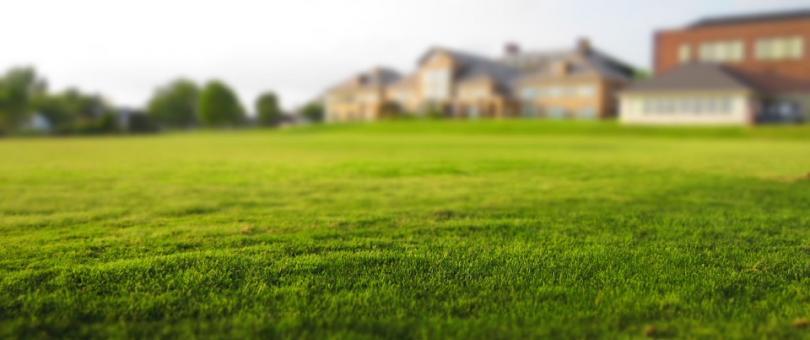Need to remove some doubts about lawn mowing? We just answered eight of the most commonly asked FAQs. Have a look!
1. I don’t want to mow lawns. What should I do?
We agree that lawn mowing is one of the most annoying things about lawn maintenance. There are two alternatives we can suggest:
1) Hire a lawn mowing pro to do the job for you.
2) Get rid of the grass. You can cover the area with flower beds or vegetable garden beds.
2. Why can’t I wait longer for lawn mowing?
You need to understand that mowing the grass isn’t just about reducing its height. It also helps the grass to become healthy and lush. When you wait for longer than recommended period between mowing, it adversely affects your lawn’s health.
3. When should I mow the lawn? What’s the right time?
Don’t mow the lawn when it’s wet. Maybe it’s dew or just after the rainstorm; it’s not the time. When it’s dry, don’t mow it when the sun is at its peak and even during the late evening. It would put excessive stress on the lawn. We would say early morning is the best time, but then it won’t be possible for you to follow it if you’re not a morning person. Just remember whatever we said here and then decide the time for yourself.
4. What’s the right way to mow the lawn?
Change the direction every time you mow your lawn. Make sure the mower blades are sharp. We have shared more tips on how to mow the lawn in our previous post.
5. Why have the mower blades to be sharp?
Sharp blades promote grass health. Dull blades damage the grass and make it more prone to damage.
6. Should I remove the grass clippings?
If they’re thick or your lawn is wet, remove them. But if you’re using a mulching lawn mower, you can leave them on the grass. It will act as a natural slow-releasing fertilizer and can make your lawn healthier.
7. What type of grass should I grow?
It depends on your area’s climate. For example, in southern U.S., warm-season grasses like Bermuda grass and St. Augustine grass is grown. In northern and central U.S., cool-season grasses like Kentucky grass are grown. As the names imply, warm-season grasses like warm weather and grow between Mid April – Mid August. Cool-season grasses prefer the cooler climate and grow during the early fall or late spring. Warm temperature slows down its growth.
8. Should I go for sod or seeds?
Sods are expensive but grow fast and are high quality whereas seeds provide you more choices and are inexpensive. But they are slow and can be eaten up by birds, thus prone to damage.
Were these helpful? Did we miss some question? Mention in the comments down below and we will answer it in the next part of this answering FAQ session.


